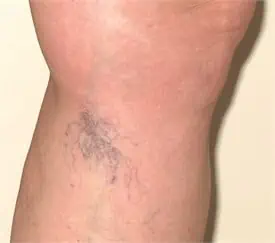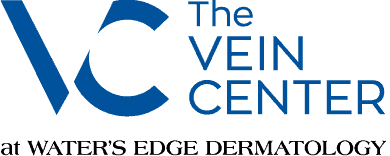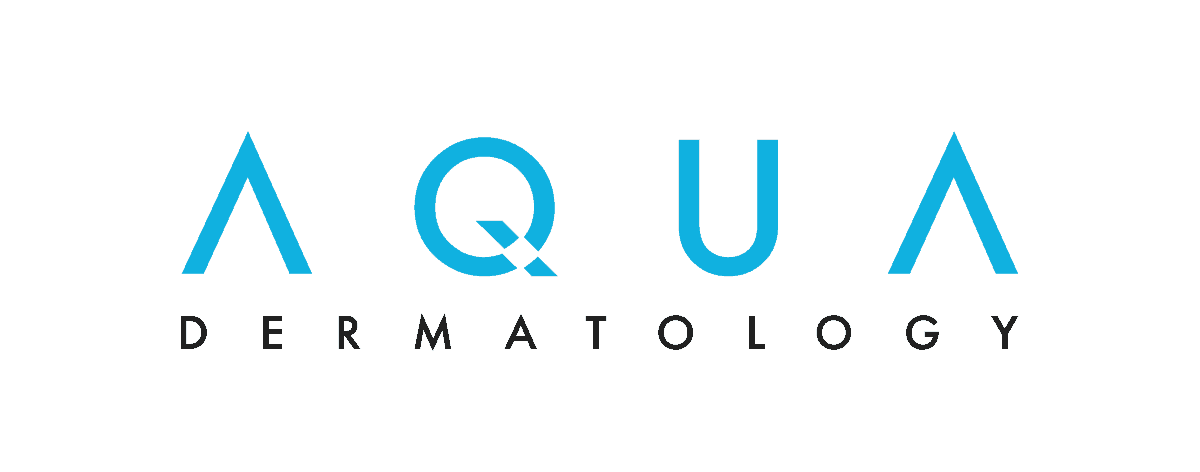Varicose Veins
& Spider Veins
Call (877) 900-3223
Varicose Veins & Spider Veins:
Symptoms and Treatments
Overview: How Veins Work
What Are Varicose Veins?
What Are Spider Veins?
Symptoms of Vein Disease
Treatments for Varicose and Spider Veins
Preventing Varicose and Spider Veins
Overview: How Veins Work
Normally, blood flows through veins out of the legs and arms back to the heart. Small valves in the veins enable the blood to flow in the right direction and prevent blood from flowing backwards and pooling in the veins of the legs and arms.
A clot (thrombosis) in the deep veins of legs or arms (deep vein thrombosis, or DVT) leads to an obstruction of blood outflow from the extremities back to the heart. Acute leg or arm swelling and pain, therefore, result. This is called acute DVT.
When the body tries to heal from these clots, the valves in the veins are often damaged. The obstruction of the veins and the destruction of valves lead to impaired blood flow.
If a vein is completely blocked, neighboring smaller veins may enlarge to bypass the obstruction. These bypassing veins are called collaterals and can get quite large, particularly in the pelvis and abdomen in patients who have thrombosis of the big veins in the abdomen (vena cava) or pelvis (iliac veins). Such collaterals can sometimes be seen as prominent veins underneath the skin.
If good collaterals have formed, symptoms of leg swelling and pain may not occur or may only be mild. However, in some people collaterals do not get very large and can, therefore, not carry all the blood needed to drain the legs or arms; this then leads to chronic leg or arm swelling, pressure, and pain.

What Are Varicose Veins?
Varicose veins are large veins that have swollen and bulged under the skin. Typically a blue or green color, these veins are caused by abnormal valves in the vein. The abnormal valve does not close properly and allows blood to flow backward in the vein when muscles relax, which causes swelling and pressure in the blood vessel walls. Varicose veins can occur anywhere on the leg, and they usually form in the superficial vein system, close to the skin surface.
Factors contributing to varicose veins may include:
- Genetics
- Pregnancy
- Obesity
- Trauma (from an injury)
- Age
- Prolonged standing
- Hormonal changes
HAND VEINS
We also treat patients who want to get rid of unsightly bulging veins on the back of their hands. While there are a number of reasons for bulging hand veins, the condition is usually related to a gradual increase in size of the veins over a period of years, since the hands are below heart level.
Our vein specialists treat hand veins with either microphlebectomy or sclerotherapy. After an initial evaluation, the doctor will determine which treatment will be most effective for you.
What Are Spider Veins?
Spider veins are small, superficial blood vessels, also called telangiectasia. They may be red, blue, purple or green in color and are typically found on the legs and face although they can appear anywhere. Spider veins are similar to varicose veins but are closer to the surface of the skin and may look like tree branches or spider webs.

Spider veins can be caused by the backup of blood in veins due to weak blood vessel valves. Most spider veins are caused by venous hypertension or pregnancy. Some contributing factors of spider veins include:
- Genetics
- Pregnancy
- Hormones
- Age
- Gender
- Sedentary lifestyle
- Race
- Trauma (from an injury)
Once the underlying venous reflux problem is corrected, we can focus on eliminating the unsightly veins on the skin.
Symptoms of Vein Disease
The first symptoms of venous insufficiency occur in the ankles and legs by becoming swollen as the pooled blood in the veins of the leg exerts higher-than-normal pressure on the veins. The legs may feel full or heavy and increase with walking or standing.
When left untreated, varicose veins can progressively worsen, leading to more serious conditions. Stages of venous disease can present with cosmetic concerns such as spider veins, to more advanced stages with signs of leg pain that can be physically debilitating, with issues such as leg ulcers, immobility and even blood clots.
Treatments for Varicose Veins and Spider Veins
MICROPHLEBECTOMY
Microphlebectomy, also called ambulatory phlebectomy, offers the best cosmetic results for removing varicose veins. When a vein has been weakened too much to contract to its normal size, microphlebectomy is used to remove the vein through small incisions. Using a local anesthetic, incisions as small as one millimeter are made to draw out the vein with a small hook.
This minimally invasive procedure is painless and, once completed, the patient is able to walk and go about their normal activities. As the pin-sized incisions are so small, there are no stitches required and there is no scarring.
Some physicians feel this is an old technique for treating varicose veins. In our opinion, it is an adjunct and not for every patient. This is also one of the most technically difficult procedures that we perform, so we can see why most physicians do not offer this service.
When in the hands of a well-trained, highly experienced vein physician, however, this technique has amazing medical and cosmetic results that cannot be obtained with other methods of treatment.
VISUAL FOAM SCLEROTHERAPY
Visual foam sclerotherapy involves the injection of a foam sclerosant, using ultrasound guidance, directly into spider veins. Once the foam destroys the inner cell lining of the spider vein, the vein shuts down and the body reabsorbs it naturally.
SKIN LASER TREATMENT WITH DORNIER MEDILAS D FLEXIPULSE 940
With skin laser treatment, the laser is applied to the outside of your skin to treat spider veins just under the skin’s surface. Skin laser may be used on the legs, face, and body.
VEINGOGH® (OHMIC THERMOLYSIS)
Ohmic thermolysis treats surface spider veins and tangled, thread-like veins known as telangiectasia on the legs, face, and body. The VeinGogh system uses a pen-like stylus with a hair-thin needle to deliver microbursts of controlled energy just beneath the skin but above the vein. The pulses of energy heat the vein wall, causing it to collapse. Learn more about VeinGogh.
VEINLITE®
Veinlite utilizes a surface light to see abnormal varicose veins underneath the skin and close them using foam sclerotherapy. Many times these veins cannot be seen with the eye on the skin, and because they are smaller and very close to the skin surface they are not seen well with ultrasound during foam sclerotherapy.
Preventing Varicose and Spider Veins
Varicose veins cannot always be prevented, but there are steps you can take to reduce your chances of developing varicose veins.
- Exercise regularly
- Maintain a healthy weight
- Avoid crossing your legs while sitting
- Elevate your legs while resting
- Don’t stand or sit for long periods of time; take breaks every 30 minutes
- Wear elastic support stockings
- Avoid wearing constrictive clothing
- Wear lower-heeled shoes






